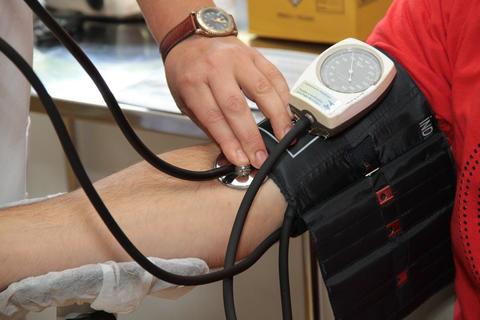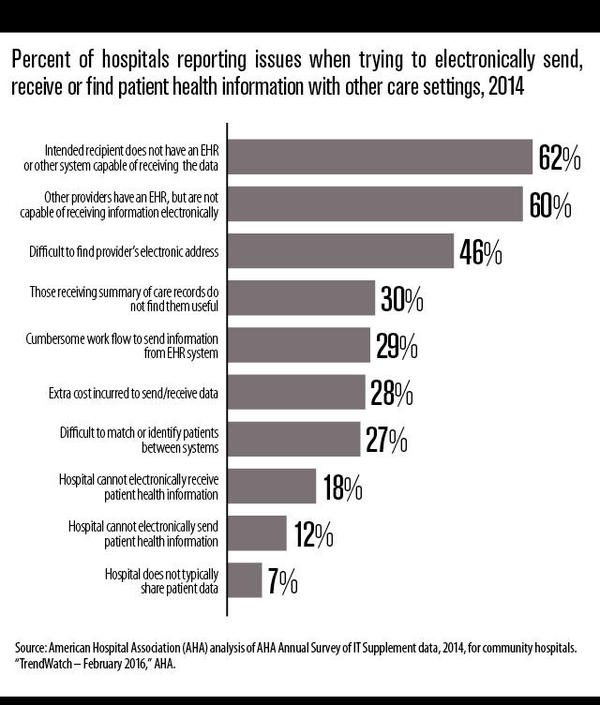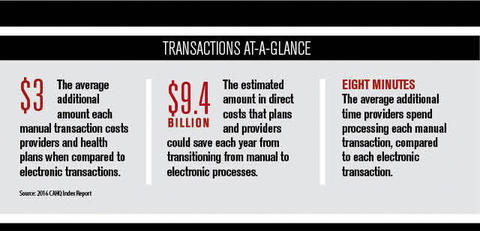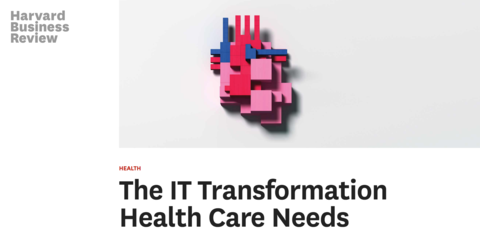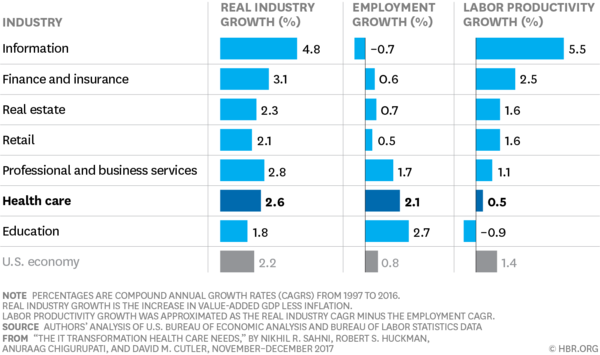Big data and the future of healthcare industry
Nov 30, 2017
ONE of the greatest challenges facing governments around the world is how to provide their citizens with effective and affordable healthcare. This is in fact a highly complex set of problems with multiple causes and a variety of actions needed in response. Happily, advances in technology are holding out the promise of addressing the challenge.
As in developed countries around the world, Malaysia's healthcare providers must deal with a rapidly ageing population, leading to an influx of patients, and increasing pressure on general practitioners and hospital emergency departments. People are living longer -- which actually reflects one of Malaysia's success stories -- healthcare. In the 60 years since independence, we have increased our lifespan by about 20 years.
Improvements in primary public healthcare, such as sanitation, food safety and protection against infectious diseases via vaccination, have all contributed to this increased life expectancy. Unfortunately, however, living longer has not translated to better quality of life.
Of particular concern are the statistics on obesity and diabetes. The National Health and Morbidity Survey 2015 revealed that obese Malaysians make up 17.7 per cent of the population, compared with just 4.4 per cent in 1996.
The same survey found that 17.5 per cent of Malaysians aged 18 and above -- around 3.5 million people -- have diabetes. In 2006, this figure was 11.6 per cent.
One thing is clear from these numbers -- more Malaysians are having to live longer in ill health.
Will the country be able to cope with the increasing number of the elderly and ill? The proposed Aged Healthcare Act is a start, though its primary aim is better regulation and monitoring of aged healthcare centres in the country.
The healthcare industry has always generated large amounts of data for purposes of patient care, compliance and record-keeping. The advent of the Internet of Things has caused an explosion in data, from sensors to health-tracking applications and devices that healthcare providers can tap into to optimise resources, bring greater efficiencies and develop an integrated healthcare system.
The capture and analysis of this mass of raw data has the potential to transform healthcare, to enhance the accessibility, affordability and quality of healthcare to meet the needs of Malaysians across different stages of their healthcare journey -- from diagnosis and treatment, to post-discharge follow-up.
Big data in healthcare refers to electronic health data sets that are so large and complex that it would be difficult to manage and analyse using traditional software and data management tools and methods. With big data, healthcare organisations have the ability to let multiple hospitals exchange information, leading to a 360-view of their patients, so doctors can give a more complete diagnosis.
Healthcare services companies have gained significant value through the ability to take in data from a variety of sources, such as lab and patient data, to recognise patterns and supply this data to doctors to provide recommendations on how patients can improve their health. Without Big Data, none of this would be possible and healthcare organisations would be operating without having the complete picture.
When a person's medical records are shared among all public health institutions, the patient's journey is simplified from primary to tertiary care, in both the public and private sectors, as any doctor treating the patient would have full access to his or her medical records
There are many other ways in which technology is being adopted, putting health data to work in the pursuit of improved healthcare.
For example, hospitals have begun to use radio-frequency identification (RFID) to track equipment and medicines as they move throughout their facilities. RFID scans of an item or device can capture their contents, location, manufacture date, order numbers and shipping data. This information can ensure medicines are utilised before their expiry date or quickly locate an important piece of equipment.
In the longer term, historical data on the interactions of medicines, equipment and doctors will provide valuable information for healthcare predictive analytics, as well as helping to plan purchases, train staff and improve operational efficiency.
In another advance on traditional practice, wireless sensors are being used to capture and transmit patient vitals more frequently than staff can make bedside visits. These signals can provide real-time alerts, so caregivers can respond more promptly to unexpected changes. Accumulating this data over time enables healthcare predictive analytics to proactively help predict the likelihood of an emergency, even before it could be detected with a bedside visit.
One common problem with our existing healthcare system is re-admission rates. Patients with heart disease, for example, are closely monitored in the hospital, but may skip their medications or ignore dietary and self-care instructions when they go home.
Healthcare, especially on a national level, will continue to be a major challenge for authorities. Demographic and lifestyle changes in populations, as well as outbreaks of unanticipated diseases, will constantly demand innovative responses from governments and the healthcare profession.
Fortunately, advances in healthcare data analytics are keeping pace with the evolving nature of the challenge. Patients and healthcare staff alike can be confident that technology is on their side.
Source: New Straits Times (View full article)
Dan Corcoran | Permalink | Comments (0)


